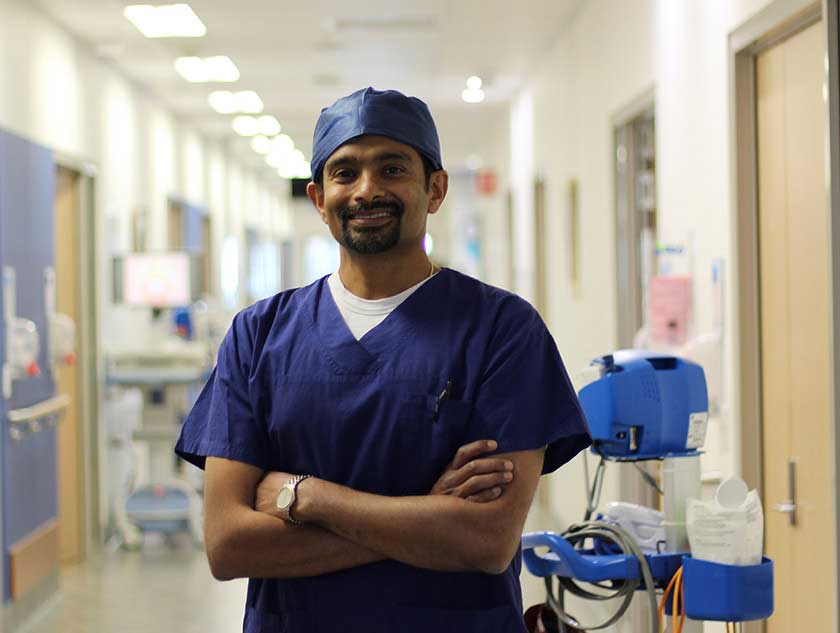Gastric bypass surgery now performed at St John of God Midland Private Hospital
Bariatric specialist and general surgeon Mr Siva Gounder has performed the first gastric bypass procedure at St John of God Midland Private Hospital, expanding its bariatric surgery options.
27 Feb 2019

28 February 2019
Having performed surgeries for more than 15 years, Mr Gounder said the decision to choose one weight loss surgery over the other depends on each patient’s individual needs and there is no one surgery that fits all.
“The Roux en Y gastric bypass has been tried and tested for more than 40 years with good data on long term outcomes,” he said.
“Patients who undergo this procedure can lose up to 90 per cent of their excess weight with long-standing results.
“It also has benefits for patients with type-2 diabetes, as it can significantly improve the sugar control and/or induce remission of the disease with many people coming off their medication altogether."
Gastric bypass procedures involve partitioning the stomach into a smaller section called a gastric pouch, reducing a typical ‘holding’ capacity of a 1000ml stomach to just 100ml and skipping or bypassing a portion of the small bowel.
Mr Gounder said the result of this procedure is that feelings of satiety, or ‘feeling full’, occur after consuming small amounts of food as the smaller ‘segmented’ pouch ‘fills’ up much faster than the original stomach as well as reduced hunger.
“Bariatric surgery can have an almost immediate effect on reducing the blood sugar in diabetics as well as improve and prevent a host of weight related medical illness in the long run,” he said.
“It’s very satisfying to see the sustained changes bariatric operations have in people’s lives.”
Mr Gounder performs a variety of weight loss surgical procedures, including gastric banding, SADI/SIPS operation and sleeve gastrectomy as well as gastric bypass.
He is also an accredited endoscopist with the Gastroenterological Society of Australia and performs gastroscopy and colonoscopies.
You may be interested in...

